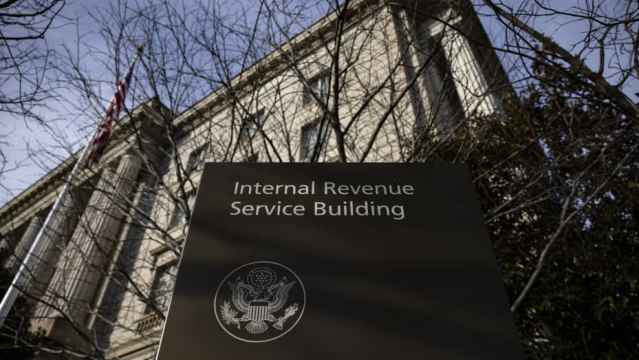The fourth-ever Bitcoin halving, which occurred on April 20, could give rise to the “most bullish” Bitcoin cycle, based on historical chart patterns combined with the presence of spot Bitcoin exchange-traded funds (ETFs).
For the first time in crypto history, Bitcoin's (BTC) price reached a new all-time high of above $73,600 on March 13, before the halving event. Historically, Bitcoin price rallied to new highs in 518 to 546 days after previous halving events.
The pre-halving all-time high, combined with institutional inflows from the ten United States spot Bitcoin ETFs, created the “most bullish setup” for Bitcoin, according to Sukhveer Sanghera, founder and CEO of Earth Wallet. He told Cointelegraph:
“The combination of nearly all BTC having been mined, early investor via ETFs, increasing demand for inflation hedges, and increased utility — all fundamental aspects of Bitcoin’s value proposition are stronger than ever before.”

Bitcoin price fell 5.6% on the weekly chart, to trade above $63,600, as of 9:58 a.m. in UTC. The world’s first cryptocurrency only rose 2.85% during the past month but rallied over 50% since the beginning of 2024, TradingView data shows.

While Bitcoin’s price action is expected to be bullish in the long term, halvings are historically preceded by short-term corrections.
Bitcoin price could see the end of the current drawdown if price manages to rise above the $65,000 resistance, according to Temujin Louie, the CEO of Wanchain. He told Cointelegraph:
“Historically, Bitcoin halvings were followed by a slump. Expect to see continued consolidation so long as support around $58,000 holds. If BTC breaks recent highs, look for a rapid increase to $80,000, $90,000, or even $100,000 as investors favor round numbers.”
Related: New Bitcoin whales, ETFs are up only 1.6% in unrealized profit — Is the BTC bottom in?
Bitcoin ETF inflows see temporary slump ahead of the halving
The past month’s lagging price action is mainly attributed to slowing Bitcoin accumulation in the ten U.S. spot Bitcoin ETFs, as net inflows have turned negative on the week of the halving.
The U.S. spot Bitcoin ETFs saw $398 million worth of negative net outflows during the halving week, down from over $199 million worth of net positive inflows during the previous week, according to Dune.

Despite the temporary slump, the ten Bitcoin ETFs cumulatively amassed over 835,000 BTC worth $53.5 billion, which is 4.24% of the current Bitcoin supply.
The narrative around Bitcoin’s price action remains positive, despite the temporary slump in ETF inflows, which signals new investors preparing to gain BTC exposure, according to Jonas Simanavicius, co-founder and CTO at Syntropy:
“Early adopters from large capital institutions have entered the market, and it is taking time for the next wave of institutions to prepare their inflows. While big banks predict some downward movement in BTC post-halving, I see strength in BTC due to potential new money inflows and its positioning as a hedge against inflation.
Simanavicius added that Bitcoin is increasingly viewed as a “hedge against political tensions” amid escalating global conflicts, which could bolster its status as a safe haven asset.
Related: Bitcoin supply to run out on exchanges in 9 months — Bybit









